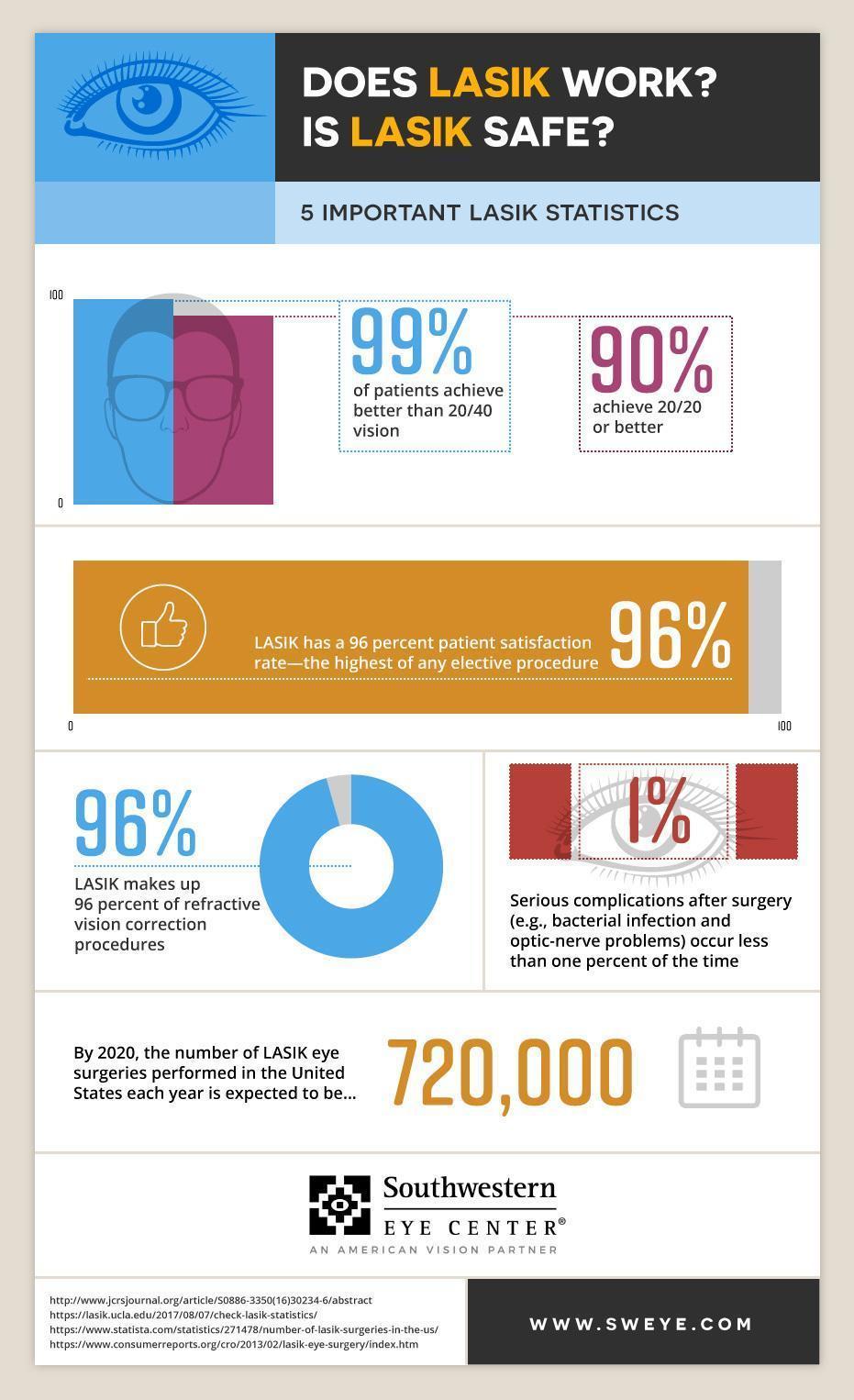Intrigued In Learning About The Differences Between SMILE, LASIK, And PRK Eye Procedures?
Intrigued In Learning About The Differences Between SMILE, LASIK, And PRK Eye Procedures?
Blog Article
Uploaded By-Ryberg Osborne
If you've been considering SMILE eye surgery, you may ask yourself how it compares to LASIK and PRK. Each procedure has its very own set of benefits and considerations. From quicker healing times to prospective threats, there are vital distinctions you need to be aware of before making a decision. Understanding these differences will help you make an enlightened selection that aligns with your specific needs and expectations. Interested to recognize even more concerning just how these treatments contrast thoroughly? Keep on exploring to obtain a comprehensive understanding of SMILE, LASIK, and PRK.
SMILE Eye Surgery Overview
If you're considering SMILE eye surgery, you'll find it to be a minimally invasive treatment with a fast recuperation time. During SMILE (Little Cut Lenticule Extraction), a laser is utilized to produce a small, exact laceration in the cornea to eliminate a small item of cells, improving it to remedy your vision. This varies from LASIK, where a flap is created, and PRK, where the external layer of the cornea is totally gotten rid of.
Among the key advantages of SMILE is its minimally invasive nature, causing a faster recovery process and much less pain post-surgery. The healing time for SMILE is fairly fast, with several individuals experiencing enhanced vision within a day or more. This makes it a preferred choice for those seeking a practical and efficient vision adjustment treatment. In addition, SMILE has been revealed to have a lower risk of completely dry eye disorder contrasted to LASIK, making it a positive choice for individuals concerned regarding this possible adverse effects.
Differences Between SMILE, LASIK, and PRK
When contrasting SMILE, LASIK, and PRK eye surgical treatments, it is necessary to recognize the unique techniques made use of in each procedure for vision modification.
SMILE (Little Incision Lenticule Extraction) is a minimally invasive treatment that includes creating a little incision to draw out a lenticule from the cornea, reshaping it to remedy vision.
LASIK (Laser-Assisted In Situ Keratomileusis) entails developing a slim flap on the cornea, making use of a laser to reshape the underlying cells, and afterwards repositioning the flap.
PRK (Photorefractive Keratectomy) removes the external layer of the cornea before improving the cells with a laser.
The major distinction depends on the method the cornea is accessed and treated. SMILE is flapless, making it a great choice for people with slim corneas or those associated with call sports. LASIK provides fast aesthetic recuperation because of the flap creation, however it might pose a higher danger of flap-related problems. PRK, although having a longer healing period, avoids flap-related concerns entirely.
Comprehending these variations is crucial in selecting one of the most appropriate procedure for your vision adjustment demands.
Benefits And Drawbacks Contrast
To assess the benefits and downsides of SMILE, LASIK, and PRK eye surgeries, it's essential to consider the details advantages and possible constraints of each procedure. SMILE surgical procedure provides the benefit of a minimally intrusive procedure, with a smaller cut and possibly quicker recovery time contrasted to LASIK and PRK. https://www.optometrytimes.com/view/epi-cross-linking-may-speed-visual-recovery lowers the threat of dry eye post-surgery, a typical negative effects of LASIK. However, SMILE might have limitations in treating higher levels of myopia or astigmatism contrasted to LASIK.
LASIK surgical treatment provides rapid aesthetic healing and marginal discomfort throughout the treatment. It's very effective in treating a large range of refractive errors, consisting of myopia, hyperopia, and astigmatism. Yet, LASIK brings a danger of flap problems, which can affect the corneal framework.
PRK eye surgical treatment, while not as prominent as LASIK, avoids developing a corneal flap, minimizing the risk of flap-related issues. It appropriates for patients with slim corneas or uneven corneal surfaces. Nevertheless, PRK has a much longer recuperation time and may include a lot more discomfort during the healing procedure.
Conclusion
So, when it concerns picking between SMILE, LASIK, and PRK, think about it like choosing the ideal pair of footwear. SMILE resembles a sleek, comfortable pair of sneakers - fast and simple.
LASIK is much more like stylish high heels - flashy and fast, however with some potential risks.
PRK resembles strong treking boots - reliable and durable, yet requiring a bit more time and effort.
Ultimately, What Does LASIK Eye Surgery Cost depends on your private requirements and choices.
